Among the most recent tactile currency markings, a new trend is emerging: indicating the value using dot patterns. The idea is not new, it has been used in Canadda since 2004, but for some reason most recently it has been picked up by other countries.
There are different ways of identifying currency for the visually impaired, I wrote about this previously. One of these is using dots. There are primarily 3 ways of making currency tactile by dots:
- Using braille numbers
- Using a number of dots to indicate the value
- Using a number of dot patterns to indicate value
The third method can be seen on several currencies, after Canada introduced it in 2004, Costa Rica followed almost ten years later, and most recently Botswana and Angola are using the same methods.
Using dot patterns has a great advantage over using dots, because it can be recognized much faster by touch. Also, when a note is starting to wear out and one dot fades away, practically the meaning of the marking changes. But in case of a dot pattern, one dot can fade and the marking will still make sense, though On the new polymer notes this is less likely to happen. Another thing that may make recognition more difficult when a dot fades is to figure out if it is really a dot, dirt, or currency wear, but none of those matter in case of the dot patterns.
Let’s start with the Canadian Dollars where this concept was introduced.
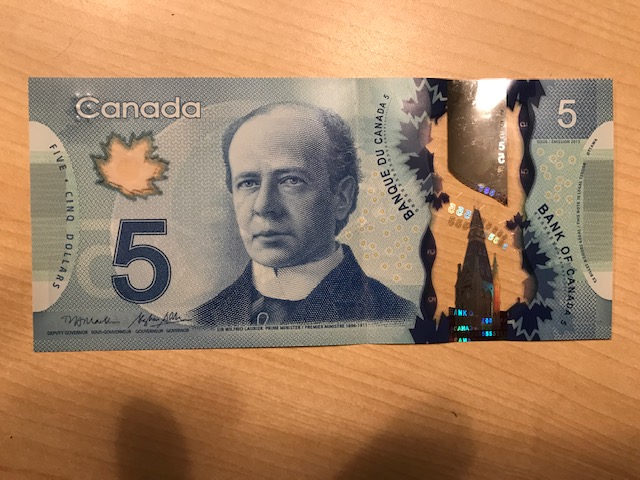
The idea behind it was the braille dots, but instead of using the dots to write the braille equivalent of the numbers, they use groups of 6. The 5 has one group, the 10 has two groups, etc.
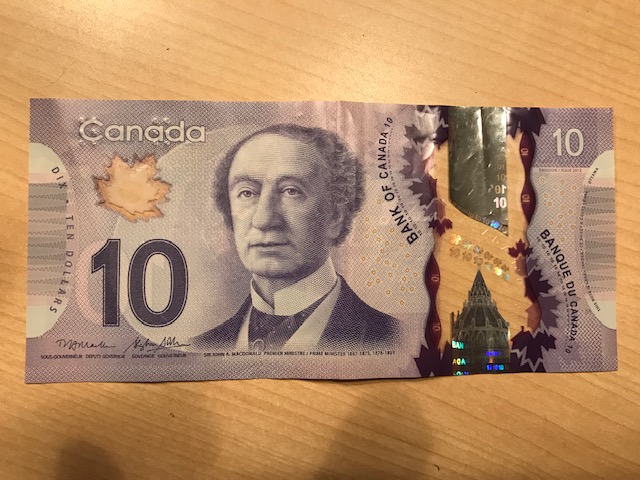
The Costa Rican Colon is using groups of three braille like dots marking denominations, using one group on the 1000 Colon.
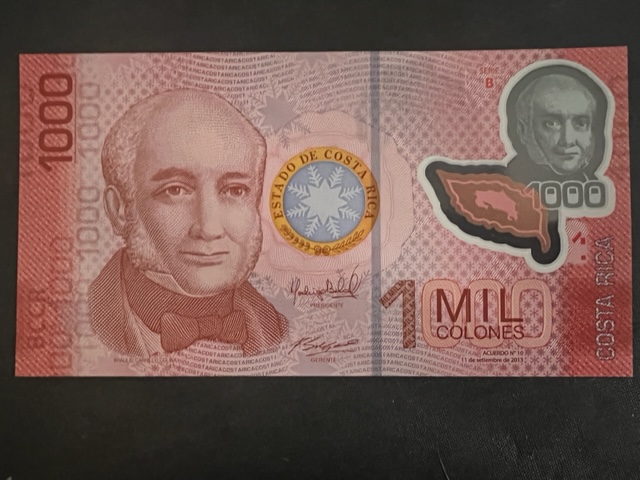
Botswana just started to release the new Pula, the only one so far is the 10, which similarly to the Canadian Dollar has a group of six dots. It is expected that as the banknotes are updated, a similar method will be used, but regardless it is certain that all future banknotes in Botswana will have tactile marks.
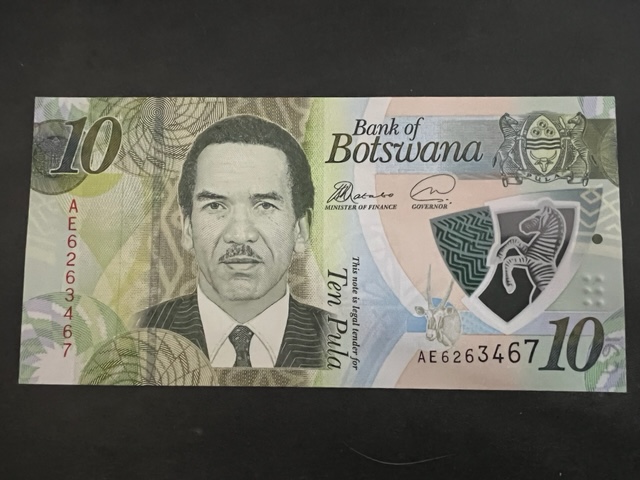
Angola is using groups of two dots, these are less similar to braille and a little lower than the dots on the above notes, but the marking is still distinct and follows this pattern.

The dot groups are also closer, but it still makes a good experience. The 200 Kwanza has one group of two dots, the 500 has two groups, etc.
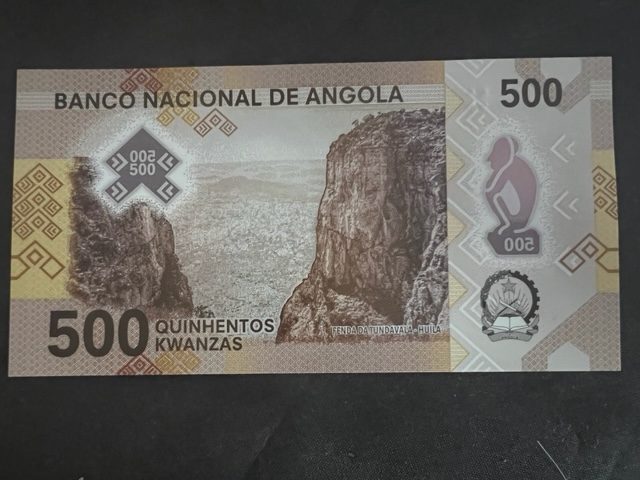
This is a unique and innovative way of using braille dots, as such marking also help those who don’t read braille, or those who have less sensitivity in their fingers.


Hi,
did you ever contact Benjamin Swagerty about bank notes. He’s an old friend of mine and I used to go to a steak house with him once a year when visiting my daughter in OKC. Now I’ve decided not to fly round the world anymore, so I have to eat my steaks in France and without his joyful chattering about his notes.
Since I don’t collect notes, it’s all not of any actual value for me, but the using of not Braille is interesting, and I don’t know if Ben is aware. Try to contact him.
I hope my xmas envelope will arrive soon.
Take care
Ole
Thank you Ole, I haven’t talked with Benjamin, I will contact him.